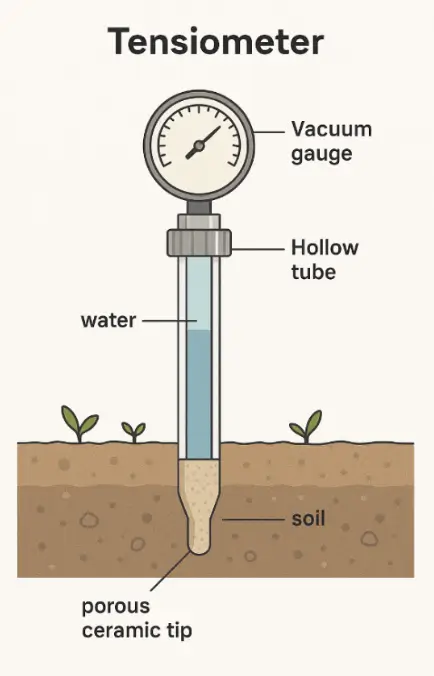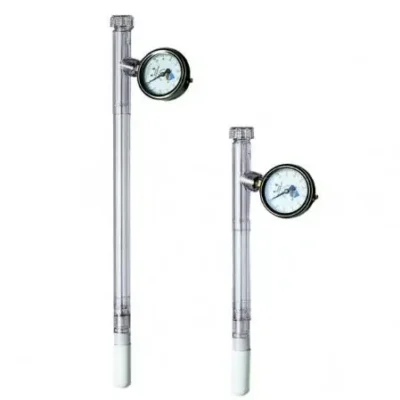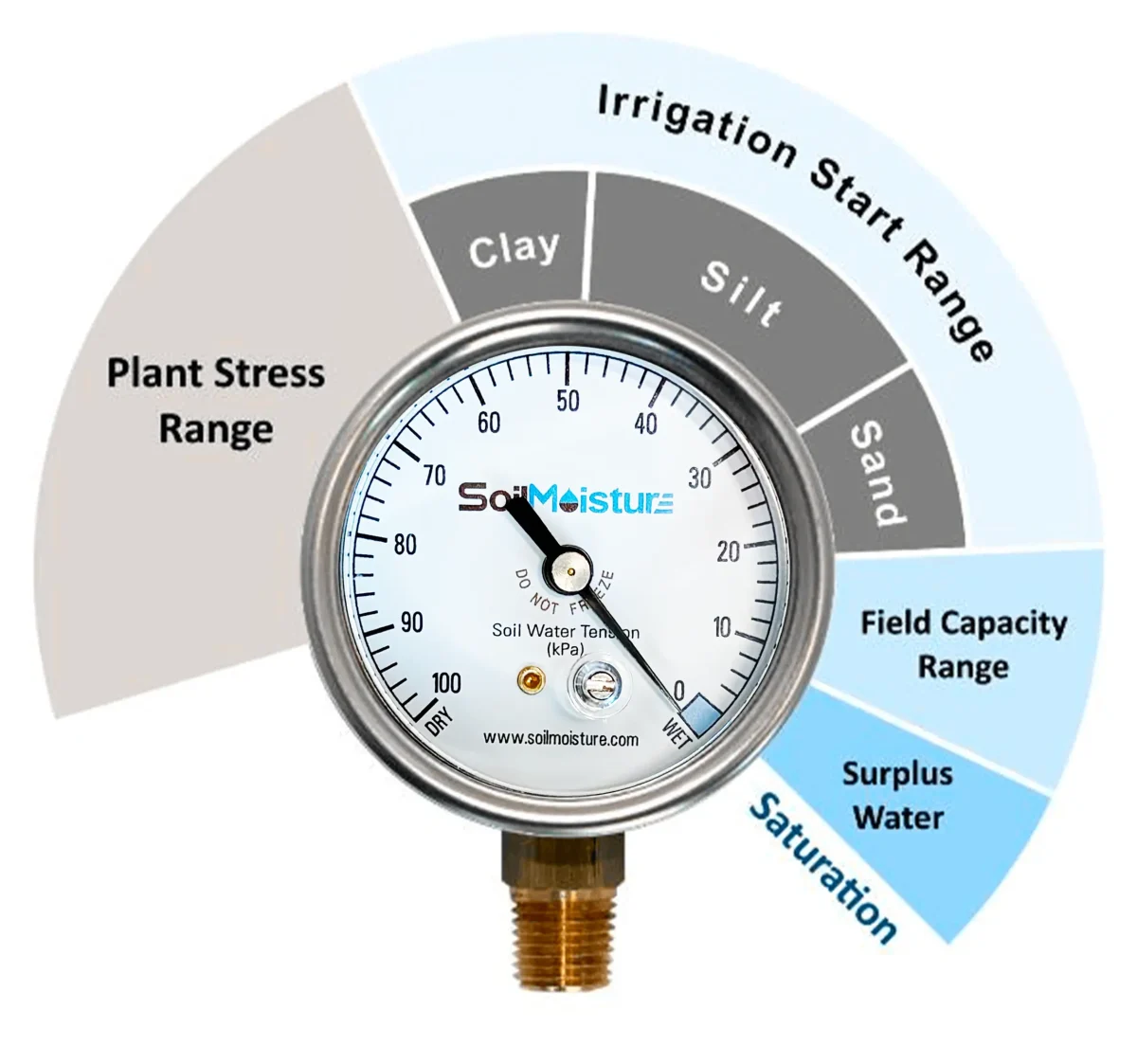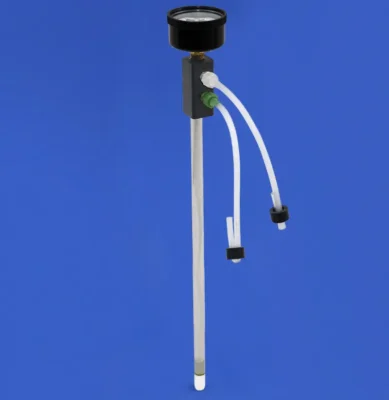
A tensiometer is a device partially inserted into soil to measure the soil water tension. Soil tension (matric potential) is the suction or force needed to pull water from soil pores (by plants or instruments). It reflects how tightly water is held in the soil and how much effort (pressure) plant roots need to exert to extract water from the soil.
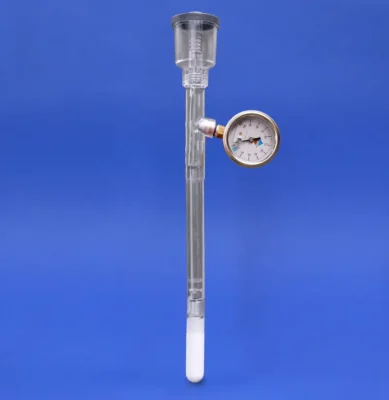
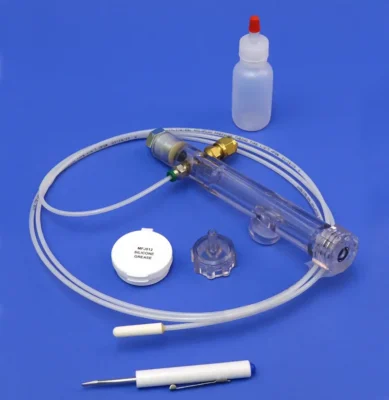
Learn More About Each Tensiometer
Request a Quote
Need more information? We’re here to help!
Tell us a bit about yourself and your question and we’ll get back to you ASAP.
Applications
| Sector | Example Applications |
|---|---|
| Agriculture | Irrigation scheduling, root zone monitoring, drought mitigation Used in row crops, orchards, vineyards, greenhouses, and nurseries |
| Environmental | Watershed recharge, landfill liners, wetland studies |
| Research | Retention curves, infiltration studies, landslides |
| Construction | Slope stability, soil compaction validation |
| Education | Demonstrations of soil-plant-water relations |
Downloads
Download Stevens’
Product Catalog


